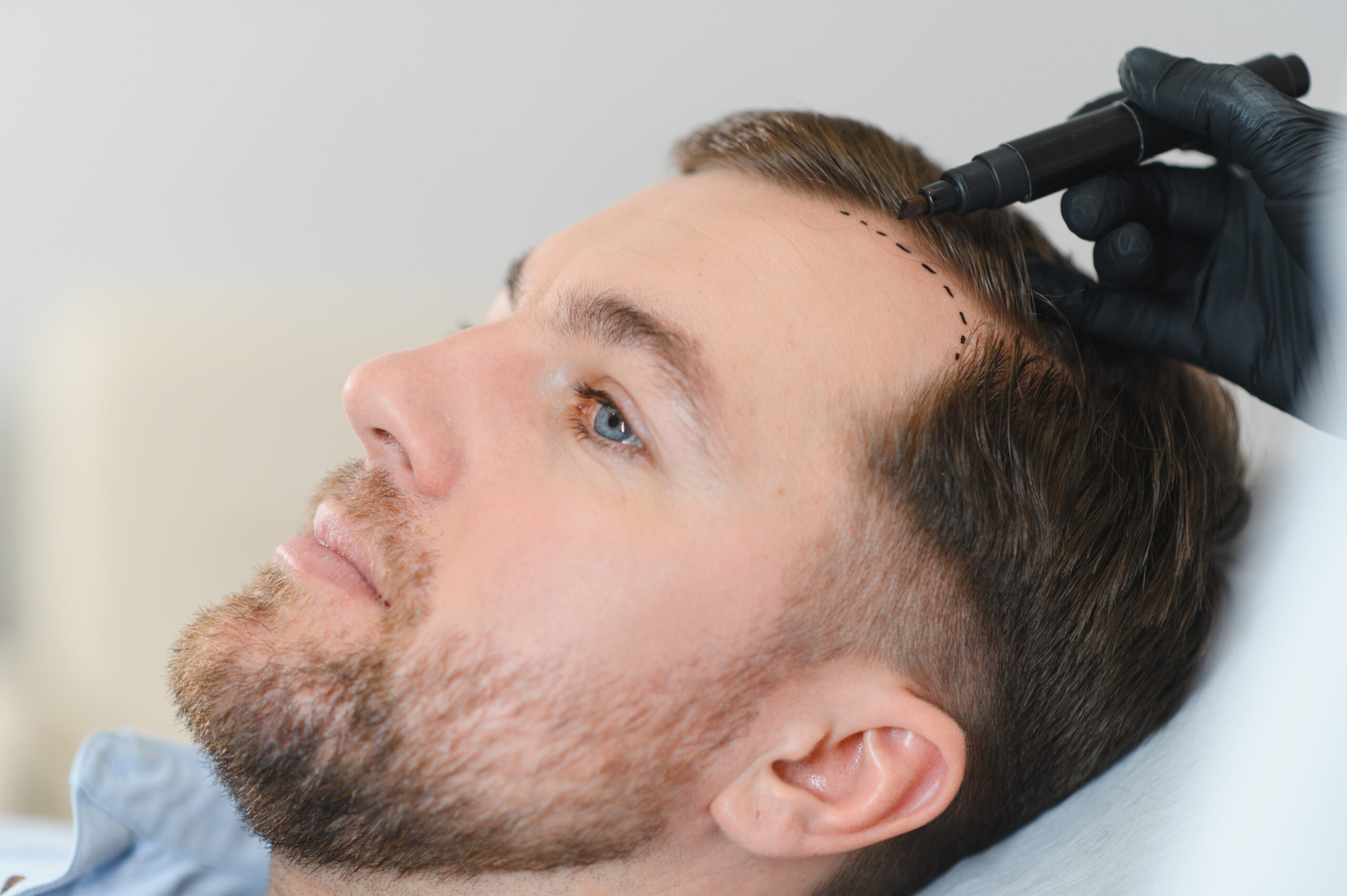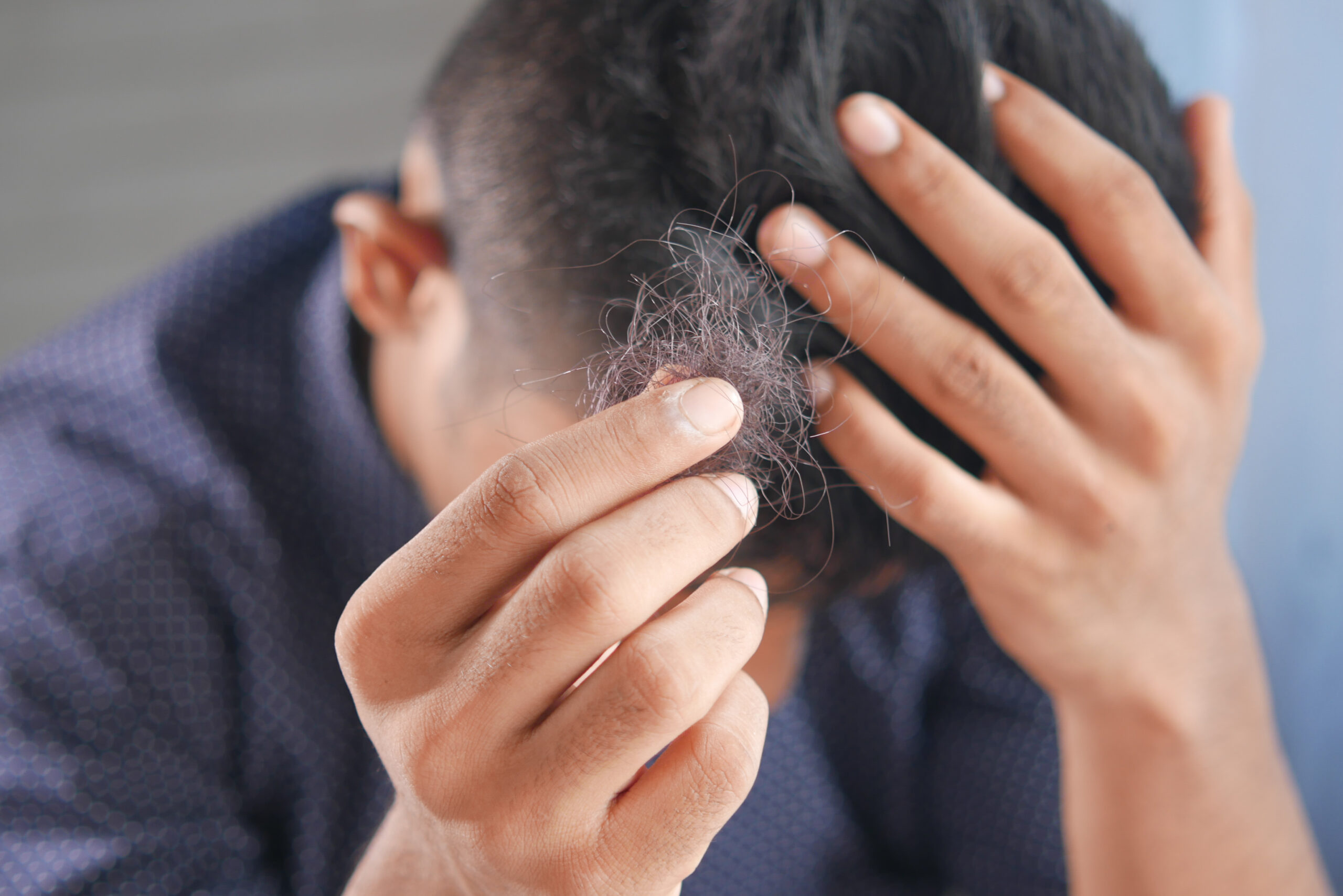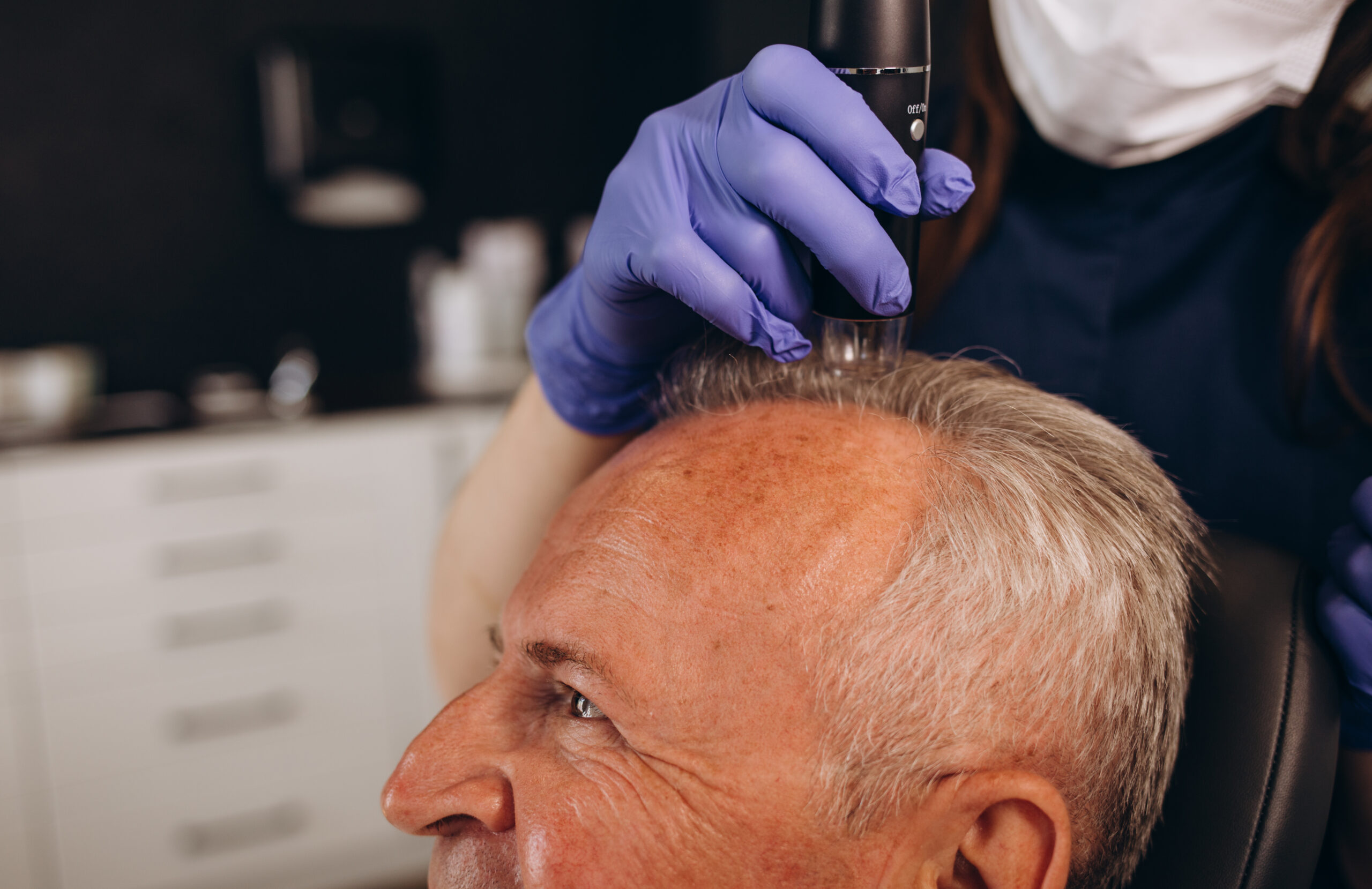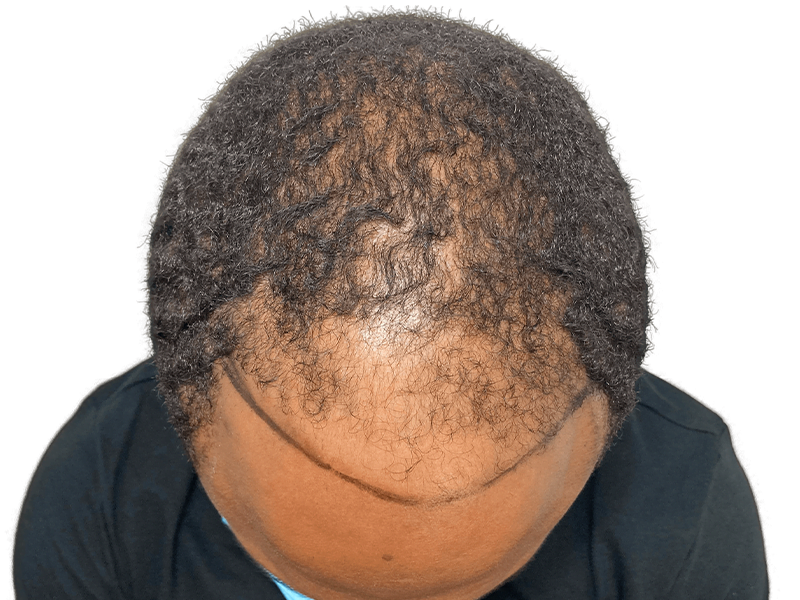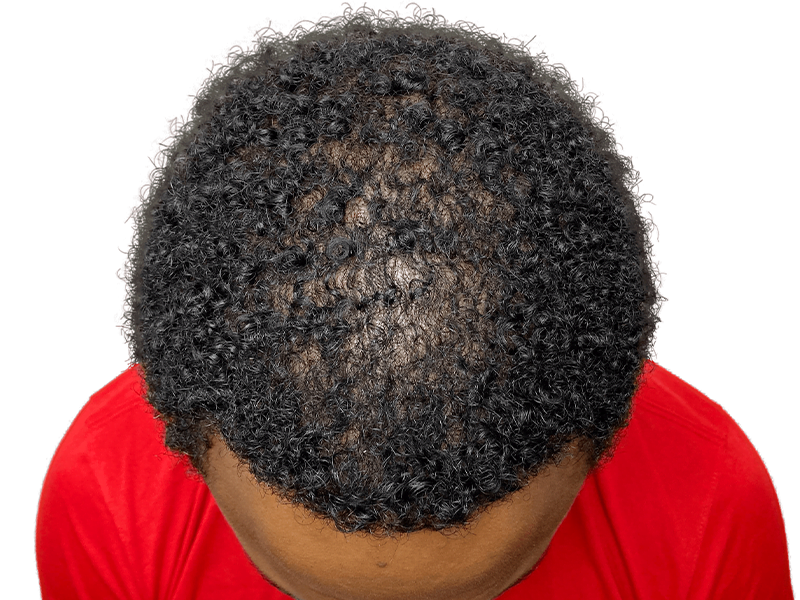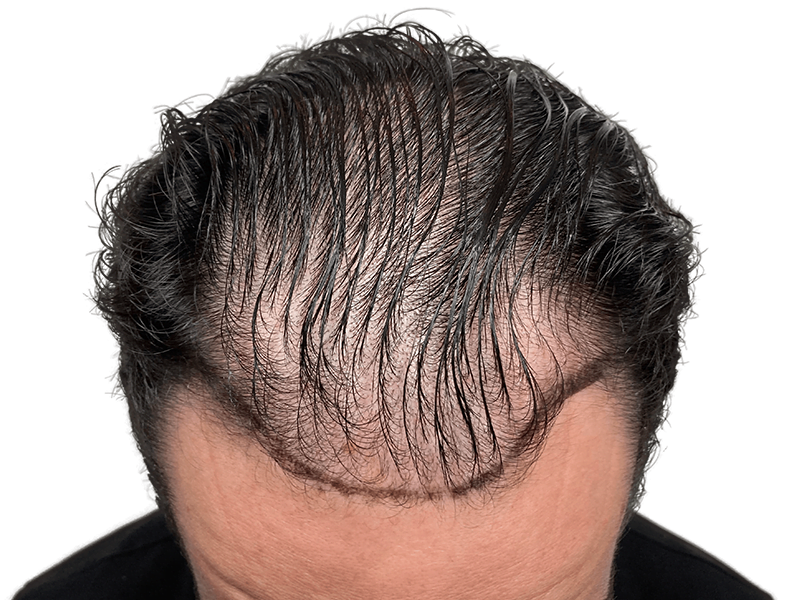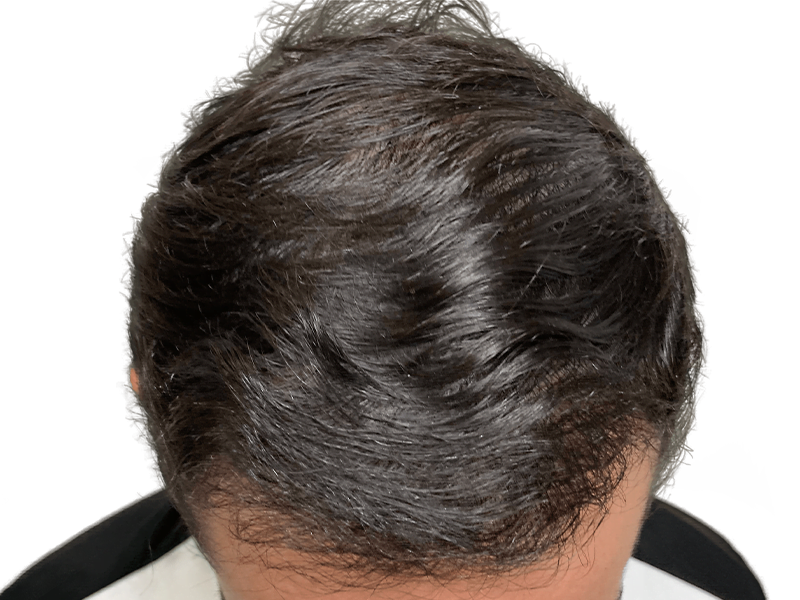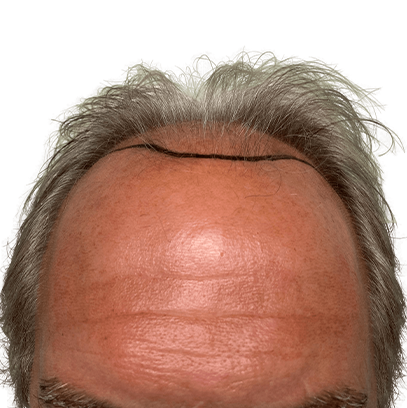A hair transplant is a life-changing procedure, and choosing the right clinic and surgeon is crucial to achieving the best results. The first step in your hair restoration journey is the consultation, where you’ll meet with your surgeon, discuss your hair loss, and determine the best approach for your unique situation.
At Maxim Hair Restoration in Boca Raton, Dr. Shintre ensures every patient receives personalized care and an in-depth consultation to make informed decisions about their treatment. In this blog, we’ll walk you through how to prepare for your first hair transplant consultation, so you can get the most out of your visit and feel confident about your decision.
1. Understand Your Hair Loss History
Before your consultation, it’s helpful to have a clear understanding of your hair loss history. Think about the following points to discuss with Dr. Shintre:
- When did you start noticing hair loss? Have you had gradual thinning, a receding hairline, or sudden shedding?
- Family history of hair loss: Does hair loss run in your family? Male and female pattern baldness can be hereditary, so it’s important to note any family history of hair thinning or baldness.
- Previous treatments: Have you tried medications, topical treatments, or other hair restoration options in the past? Share what has worked and what hasn’t.
By understanding and documenting your hair loss history, you’ll be able to have an informed conversation with Dr. Shintre, allowing him to provide you with the best options for your situation.
2. Know Your Goals and Expectations
Every patient has different goals when it comes to hair restoration. Some may want to restore a receding hairline, while others may want to add density to thinning areas. Before your consultation, take some time to think about what you want to achieve with a hair transplant:
- Desired outcome: Are you looking for a natural, fuller hairline or overall increased volume?
- Hair length and style: Do you prefer a short buzz cut or longer hair? This could impact the method and approach for your hair transplant.
- Timeline: Are you looking for fast results, or are you open to a longer recovery process for more permanent outcomes?
Discussing your goals with Dr. Shintre helps him understand your vision for your hair restoration journey and ensures that your expectations align with what is realistically achievable.
3. Ask About the Available Hair Transplant Methods
There are two primary methods for hair transplants: FUE (Follicular Unit Extraction) and FUT (Follicular Unit Transplantation). It’s important to ask about the differences between the two, as well as which method is right for your unique needs.
- FUE: This method involves removing individual hair follicles from the donor area and transplanting them to the thinning or balding areas. It’s minimally invasive, with little to no scarring and a quicker recovery.
- FUT: This method involves removing a strip of scalp from the donor area, which is then dissected into individual follicular units and transplanted to the recipient area. FUT is ideal for patients needing a larger number of grafts in a single session.
Dr. Shintre will evaluate your scalp condition, hair type, and amount of hair loss to recommend the best method for you. It’s essential to ask any questions you have about the procedures, recovery times, and expected results to make an informed decision.
4. Prepare for a Physical Examination
During the consultation, Dr. Shintre will conduct a physical examination of your scalp and hair. This will help him assess:
- The donor area: Where the hair follicles will be harvested from (usually the back or sides of the head).
- The recipient area: The areas where the hair will be transplanted (such as the crown or hairline).
- The overall quality of your hair and scalp: He’ll evaluate factors like hair density, scalp elasticity, and hair health.
It’s important to come prepared to have your scalp thoroughly examined. If you have concerns about the donor area (such as thinning or a tight scalp), make sure to bring these up during the consultation.
5. Bring Medical Records and Health Information
Your surgeon needs to know your overall health and any medical conditions that could affect your hair transplant results. Be sure to bring a list of any medications you’re taking and a record of your medical history. Here are some items to consider:
- Medications: Include prescription medications, over-the-counter drugs, and supplements.
- Existing health conditions: Share any health conditions you have, such as diabetes, heart disease, or scalp conditions (like psoriasis or eczema).
- Allergies: Make sure to mention if you have any known allergies to medications or anesthesia.
Dr. Shintre may perform a blood test or other pre-operative tests depending on your health and history. Being upfront about your health will help Dr. Shintre recommend the best approach and avoid complications during or after your procedure.
6. Discuss Costs and Payment Options
Hair transplants can be an investment, so it’s important to discuss the cost of the procedure and payment options during your consultation. Ask Dr. Shintre about:
- The total cost of the procedure: This will depend on factors such as the method used (FUE vs FUT), the number of grafts required, and the complexity of the transplant.
- Payment plans: Maxim Hair Restoration may offer financing options to help make the procedure more affordable.
- Insurance: In most cases, hair transplants are considered cosmetic surgery and are not covered by insurance. However, it’s worth checking if any of the costs can be reimbursed through your health plan.
By understanding the financial aspect ahead of time, you can make an informed decision and prepare for the procedure accordingly.
7. Prepare Questions for Dr. Shintre
Before your consultation, write down any questions or concerns you may have about the hair transplant process, recovery, and long-term results. Here are some helpful questions to ask Dr. Shintre:
- How many grafts will I need?
- How long will the procedure take?
- What is the recovery process like? How soon can I return to normal activities?
- What should I expect in terms of hair growth, and when will I see the final results?
- Are there any risks or side effects I should be aware of?
Having a list of questions prepared ensures that you leave your consultation with all the information you need to make an informed decision.
8. Bring Photos of Your Desired Hairline
If you have a specific hairline shape or style in mind, bringing reference photos can help Dr. Shintre understand your vision. These could be pictures of your hair when it was fuller or images of a hairline that you admire. While Dr. Shintre will guide you based on your unique facial structure and hair type, reference photos can help him tailor the procedure to your personal preferences.
Be Prepared for Success
Preparing for your first hair transplant consultation is an important step in your hair restoration journey. By understanding your hair loss, setting realistic goals, and asking the right questions, you’ll ensure that the consultation goes smoothly and that you’re confident in your decision.
At Maxim Hair Restoration in Boca Raton, Dr. Shintre provides personalized consultations to assess your hair loss and determine the best approach for your needs. If you’re ready to take the first step toward restoring your hair and confidence, contact Maxim Hair Restoration today to schedule your consultation with Dr. Shintre.




